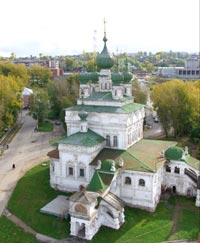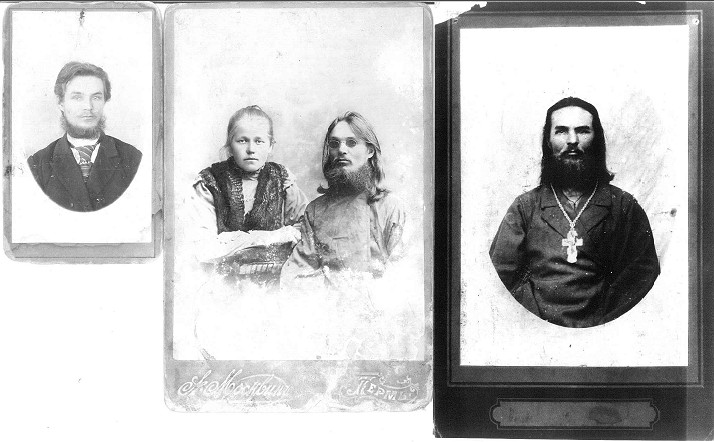[b]The Empire That Was Russia
The Prokudin-Gorskii Photographic Record Recreated
Photographer to the Tsar: Sergei Mikhailovich Prokudin-Gorskii[/b]
http://www.loc.gov/exhibits/empire/object.html
From the website - a few samples of the color photographs taken during the early 1900’s prior to and during the First World War.
Overnight Camp by a Rock on the Bank of the Chusovaia River, 1912

Austrian Prisoners of War Near a Barrack, 1915

Peasant Girls, 1909

A Zindan (Prison), ca 1909-1915

General View of the Nikolaevskii Cathedral from Southwest, 1911

View of the Monastery from the Solarium, 1910

Dagestani Types, ca 1909-1915

Group of Jewish Children with a Teacher, 1911

A Group of Children, 1909

A Settler’s Family, ca 1907-1915

Three Generations, 1910

A Group of Workers Harvesting Tea, ca 1907-1915

Factory Interior Showing Turbines, ca 1907-1915

View of Suzdal’ from the Kamenka River, 1912

On the Handcar Outside Petrozavodsk on the Murmansk Railway, 1915

AND THERE IS MUCH MORE.








